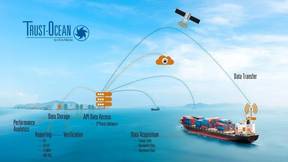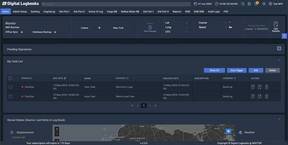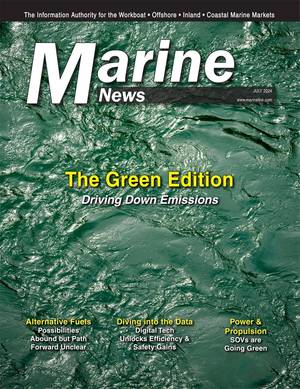Oil tankers caught fire after collision near Singapore; crews rescued
Authorities and a tanker operator reported that two large oil tanks caught fire after colliding on Friday near Singapore, which is the world's largest refuelling station. Two crew members were airlifted from the scene to the hospital, while others were rescued using life rafts.
Singapore is Asia's most important oil trading hub, and the largest bunkering facility in the world. The waters around Singapore are important trade waterways connecting Asia with Europe, the Middle East and Europe. They are also among the busiest sea lanes in the world.
The Maritime and Port Authority of Singapore said that the tankers Hafnia Nile, flying the Singapore flag, and Ceres I, flying the Sao Tome and Principe flag were located about 55 km (34 mi) northeast of Pedra Branca island in Singapore on the eastern approach of the Singapore Straits.
The MPA reported that the 22 crew members of the Hafnia Nile, and the 40 crew members on the Ceres I, were all safe. They were alerted by the MPA at 6:15 am (2215 GMT) to the fire.
Hafnia confirmed that the Hafnia Nile collided with the Chinese-owned Ceres I. Hafnia also added in a press release that a tug was on the scene to help the ship which is currently drifting towards open sea. Specialized tugs will arrive in the next few hours to help with firefighting.
It is not known what exactly led to the incident.
Singapore Navy released photos showing thick black smoke rising from a tanker as crew members were rescued and taken to hospital in life rafts.
Malaysian environmental authorities have been warned to be prepared for oil spills.
Gard of Norway, Hafnia Nile’s insurer, said it was too soon to assess the impact on the environment.
Gard stated, "We will support our member in dealing with this incident."
A spokesperson for the UN's International Maritime Organization said that the navigational traffic was not affected. However, the condition of the vessels and any pollution is unknown at this time.
The spokesperson stated that "no aerial surveillance has yet been conducted."
Both vessel owners have arranged for salvage and firefighting equipment to assist in the firefighting effort and tow the vessels safely to safety.
A spokesperson for the IMO said that a salvage team was on its way to the area.
The 74,000-deadweight-tons capacity panamax tanker Hafnia Nile was carrying about 300,000 barrels of naphtha, according to ship-tracking data from Kpler and LSEG.
The Ceres I, a large supertanker that carries crude oil from Iran, was last tracked to be carrying 2 million barrels.
Matt Stanley, Kpler's head of EMEA & APAC market engagement, said that the Ceres I had been a vessel that went dark several times in its history. This is when vessels turn off their AIS transponders.
Stanley said that the last AIS transmission the vessel sent around March indicated that it was carrying Iranian crude. The U.S. had tried to curb the trade, including imposing restrictions on ports, vessels, and refineries.
She was at the anchorage on Friday. Stanley stated that we can be reasonably sure she was carrying Iranian crude oil and was heading to China.
The Shadow Fleece Risk
S&P Global reported in April that China purchases around 90% of Iran’s crude oil exports at discounts.
According to LSEG shipping statistics, the Ceres I is not moving since July 11.
According to Michelle Wiese Bockmann of Lloyd's List Intelligence, the area where Ceres I was anchored is used by ships of so-called "dark fleet" for the illegal transfer of Iranian crude oil, in violation of U.S. sanction,
She said that "the Ceres I was involved in the transfer or shipping of Iranian oil, in violation of U.S. sanction,"
According to shipping sources, the tanker has also been involved in transporting Venezuelan crude oil, which also falls under U.S. sanction, to China over the past few years.
It was not possible to immediately contact the owner of Ceres 1, who is based in China, for a comment. China has said that it is opposed to unilateral sanctions.
The shadow fleet is estimated to be up to 850 oil tanks, transporting oil to countries like Iran and Venezuela.
The shipping industry has warned of safety concerns growing due to the aging and unregulated vessels.
Shipping data revealed that the Hafnia Nile vessel was constructed in 2017 while Ceres I was built in 2001. Other data did not reveal who insured the Ceres I. Top-tier insurers such as Gard were not involved.








